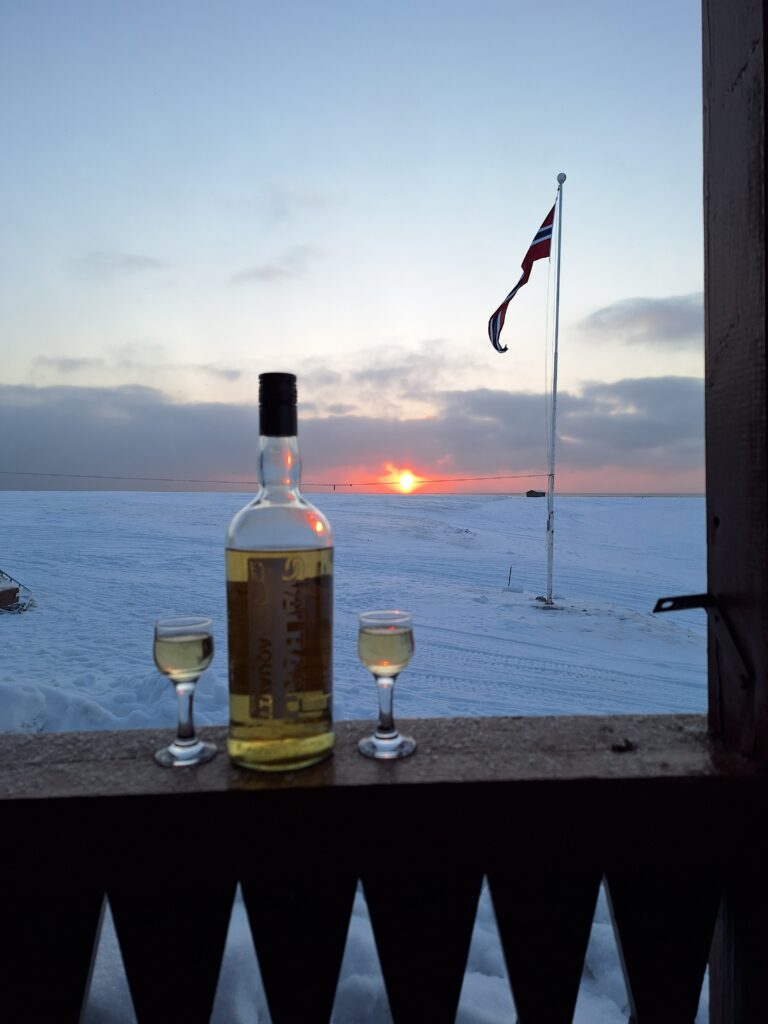The events in the Løwø family are endless, and in 2025 there were two confirmations in Longyearbyen, at Palm Sunday. We like that! And a visit to Svalbard also includes a trip to the family cabin at Cape Laila. Thank you very much for the invitation, Jorunn!
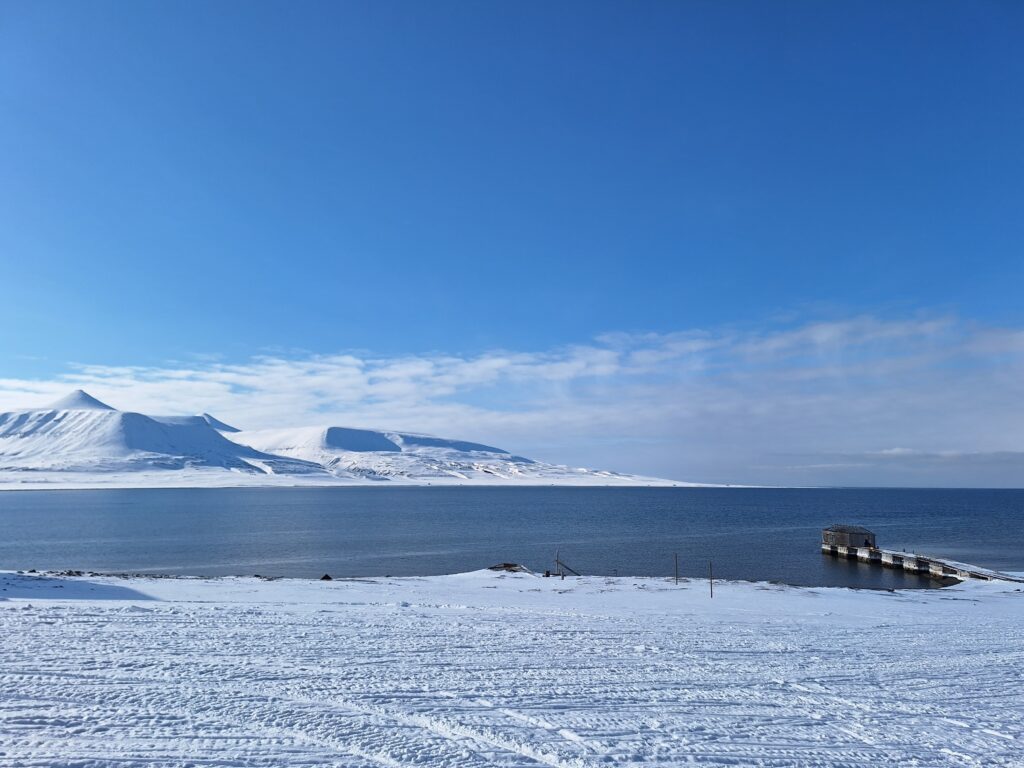
The names Lailadalen and Cape Laila come from the name of one of the motor cutters (Laila of Tromsø) used on Gunnar Isachsen’s Svalbard expedition in 1910. Isachsen was a topographer (topographic maps describe the terrain in the area), and as the expedition leader you can come up with names for unknown places, right?
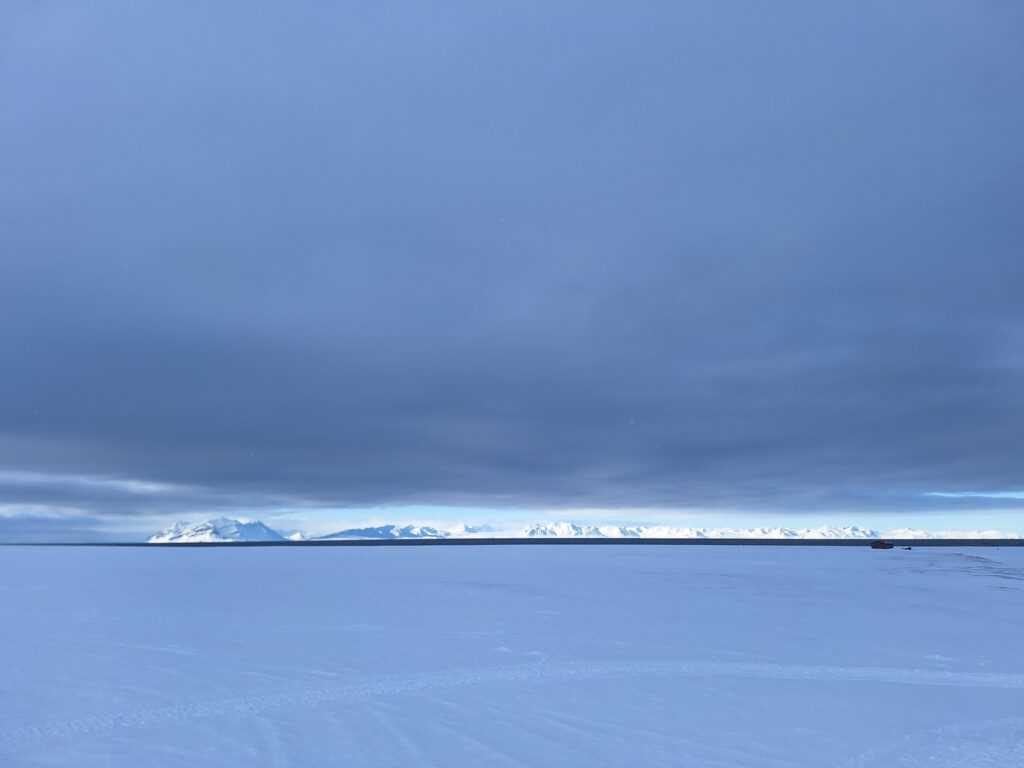
Sweden invested heavily in Arctic exploration towards the end of the 19th century, primarily driven by Adolf Erik Nordenskiöld, who proposed that Svalbard should belong to Norway. After Nansen’s successful expeditions, interest also increased in Norway, and after we left the union with Sweden there were no problems with funding any more. ‘Stortinget‘ (The Norwegian Parliament) allocated money for the ‘Spitsbergen Expedition‘, for exploration of Svalbard’s topography, geology and hydrography for many years. However, the work of finding a solution to the ‘No Man’s Land Problem‘ (Svalbard was called Terra Nullius) was completed as a result of the legal settlement after the First World War, in the form of the ‘Svalbard Treaty‘.

Signed in Paris, 1920, the Svalbard Treaty gives Norway sovereignty over Svalbard, Hopen, Jan Mayen and Bjørnøya. The treaty came into force in 1925. All countries that have signed the treaty have equal rights to the resources, but it is Norway’s laws that apply. Military activity is prohibited on or near the islands, (Germany didn’t really care about that during World War II), which Russia has used as an argument when they have protested that Norwegian coast guard ships patrol Svalbard. Russia signed the agreement in 1935 (they first had to end a civil war and regroup themselves to the Soviet Union). China signed the Svalbard Treaty already in 1925 (according to Wikipedia), so that can’t be why Chinese people are not allowed to drive snowmobiles in Longyearbyen. Anyone who knows?
For the 100 years anniversary of the Svalbard Treaty, Tobatheornottobathe thought that a bath at Kapp Laila could be a good idea. We have tried to swim there before (Kapp Laila), but that doesn’t stop us at all! If it’s terribly shallow in the lagoon, then you can swim a little further away from Løwøhytta, right? We chose ‘The whale bone‘ as our starting point, it is located west of the neighboring cabin ‘Bikkjebu‘ (The Dog’s Cabin).

What could possible go wrong at Kapp Laila in winter? Well, first of all, ‘Landkallen‘ means trouble. Above the high tide boarder on Svalbard’s beaches, there is an ice edge during winter time, and it often grows to 1-2 meters height. It’s not easy to climb up there with frozen fingers after swimming. ‘Better bring a ladder!‘, we thought.
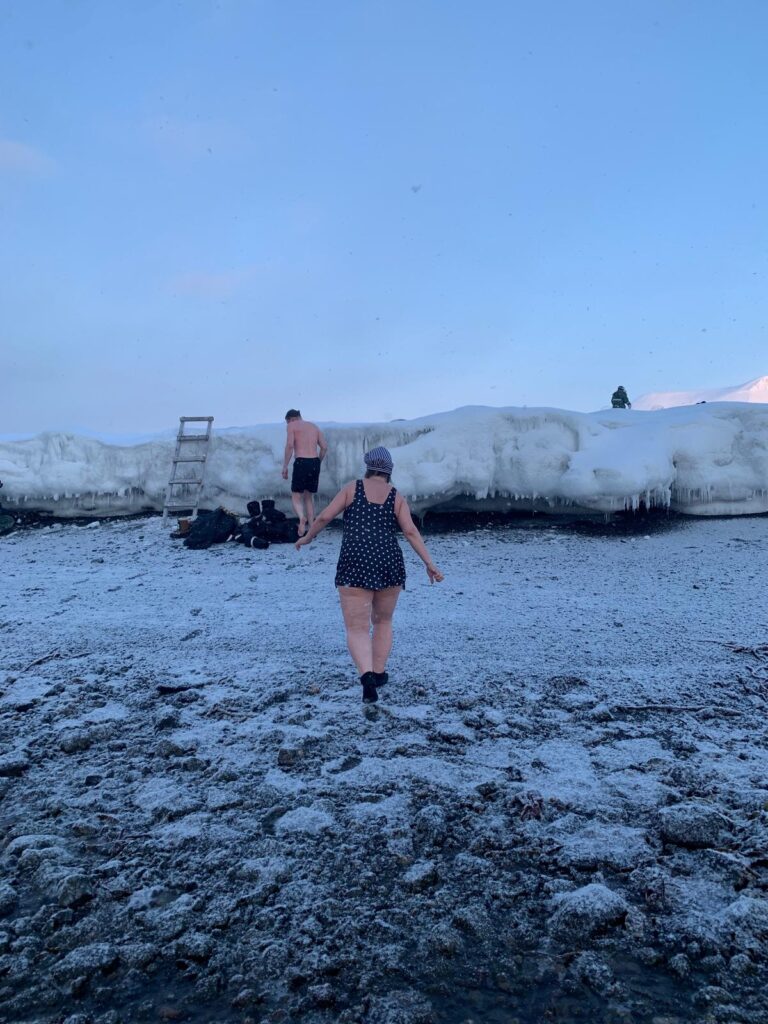
But then there was this thing with the tides. Again. We had inspected the place earlier the same day, at high tide. When we went there to swim, it was low tide, and we had a long way to walk before it was deep enough to swim. Conclusion for the second time: Cape Laila is not the best swimming spot, it is actually pretty bad at low tide, despite the crystal clear water.
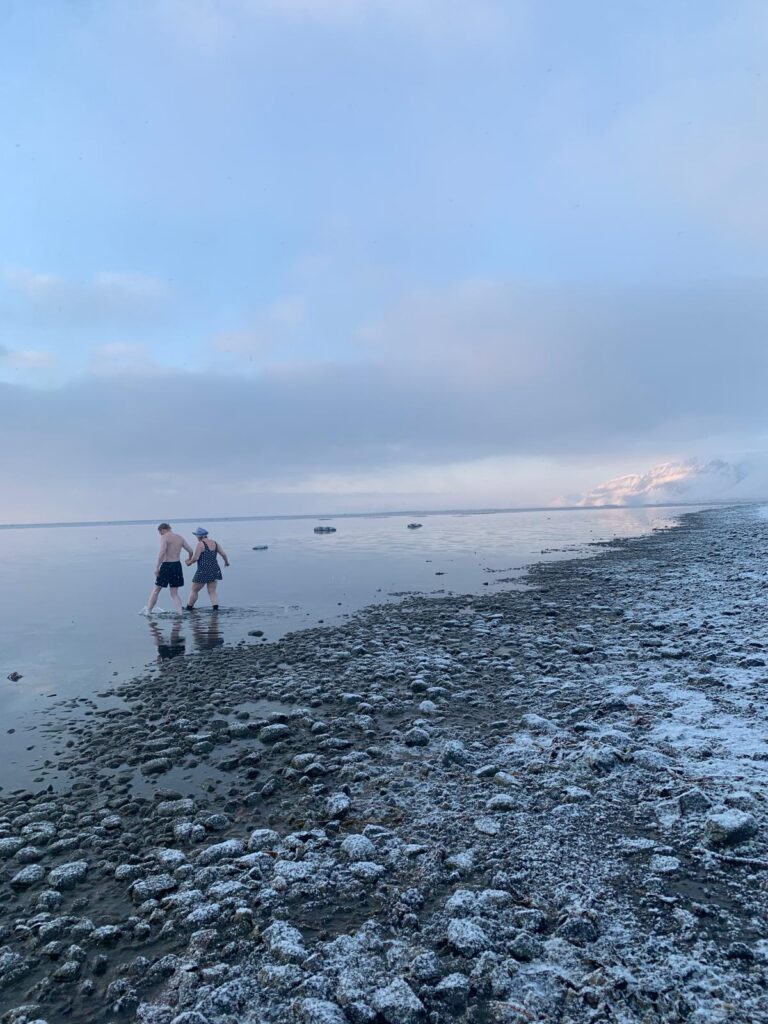
Minus 13 degrees celcius, clear and beautiful ‘slush water’ (which means approximately minus 2 degrees in the water), a veeery shallow beach, but we absolutely did not regret it! We had the world’s most beautiful view of Isfjorden, a bath is always energizing, and after the bath Idun’s sister Jorunn and her husband Berner treated us with a sip of the ‘Svalbard Aquavit‘. Thank you!
